How to enter a new chain
The tradeoffs can be so stark that some blockchains have dApps that just aren’t feasible on other chains. As you become more familiar with crypto and DeFi, you will likely want to enter new chains to enjoy unique or optimal applications.
This guide will show you the best practices when you enter a blockchain for the first time.
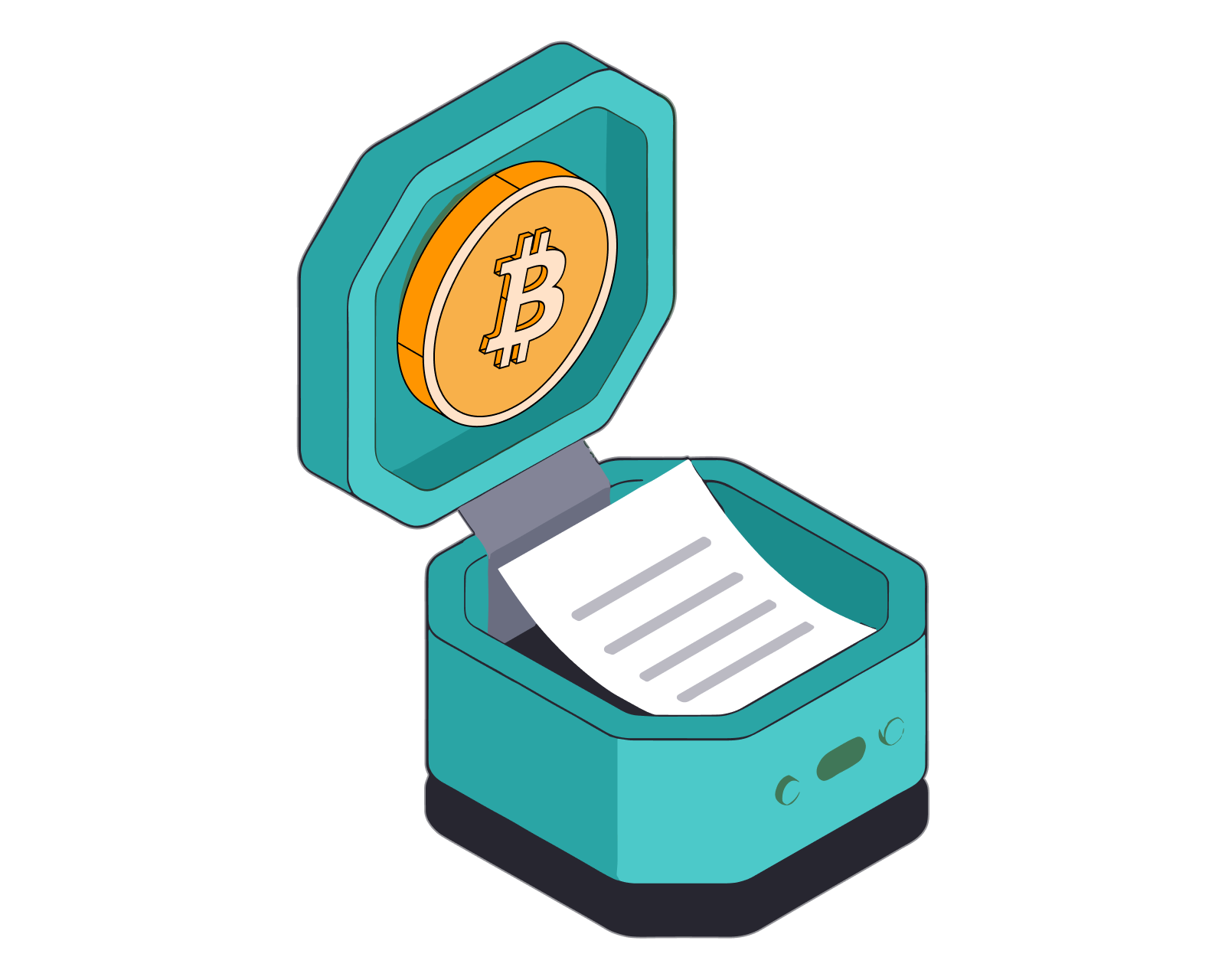
Table of Contents
Use cases for entering a new chain
As stated above, each blockchain makes tradeoffs that can profoundly impact the experience of dApps on a specific chain. Let’s look over some real world examples that might compel you to enter a new chain.
Ethereum is the oldest and most developed smart contract enabled blockchain. Ethereum’s top decentralized exchanges (DEXs) have the most liquid decentralized markets for most major trading pairs, but it has higher transaction fees and slower transaction times than newer chains. For example, the Avalanche blockchain can reportedly process more than 150x Ethereum’s. Ethereum’s DEXs might be preferred if you want to make infrequent large trades, whereas if you execute many small trades every day, Avalanche could be better.
Just like in the real world, where you might favor one shopping mall over another at different times, so too with blockchains. Shopping malls or outlets sometimes run location-wide sales campaigns. Blockchains have been known to use similar campaigns. For example, in 2021 more than 5 blockchains launched campaigns that rewarded people for using dApps on their chain. Another real world similarity is that you might prefer to use one chain over another due to congestion.
An additional use case for entering a new chain is when a specific NFT from an artist or project drops on a chain you are unfamiliar with. This can happen because the artist is attracted to that particular blockchain’s strengths, or perhaps the artist is funded by a dApp on that blockchain.
Finally, many people want to trade derivatives. Traditionally, derivatives were traded almost exclusively on centralized exchanges (CEXs) because they were faster, cheaper, and attracted more liquidity with advantages like better price matching. The failures of centralized entities within the crypto industry have cost people billions, shattered trust, and moved people into DeFi alternatives. Luckily, crypto tech is ready for the influx of new users seeking a safer place to trade. Platforms like dYdX run on its own blockchain. If you wish to use the dYdX dApp, you must migrate your assets to dYdX’s chain.
Bridges
There are two main types of blockchains you will move your assets into: single dApp chains, and multichain dApps. In single dApp chains, the dApp is essentially the chain, whereas multichain dApps support any number of independent dApps. Single dApp chains are usually reliant on a base chain, and assets must be moved from the base chain into the single dApp chain.
There are many blockchains, and the most popular amongst them have connections, or bridges, which allows people to move certain assets between them.
If there is a dApp you want to use on a new blockchain, it’s easier if the blockchain is a single dApp chain than a general purpose one. This is largely due to the fact that:
- The bridge is an integral part of the dApp itself.
- Single dApp blockchains can offer a seamless curated onboarding and user experience whereas moving to a new general purpose blockchain requires knowledge and initiative on your part.
We will briefly cover how to move assets into single dApp chains, however the majority of this guide will be for the more difficult task of using bridges.
General rules
Before we jump into specifics about entering a new chain, let’s cover some good things to do every time you use something new in crypto. Much of this isn’t even crypto specific!
- Start from trusted sources. Make sure to use trusted links to reach new crypto projects. Phishing attacks that involve impersonating a known project, website, or person are always a possibility. Do not ever use links given in a chat, DM, or email unless it is from a trusted source. Even search engines like Google have been known to return results with imposter sites, sometimes even in the sponsored slot at the top of search results. The best way to start exploring any new crypto project is through a cryptomarket aggregator like CoinGecko or CoinMarketCap. These sites do some amount of minimal due diligence when they post links to projects. If you cannot find the project you are interested in on these aggregators, then you should become much more cautious.
- Bookmark sites that you frequently visit. Another common phishing attack is to use a web address almost exactly the same as the real one, but with a slight change to the spelling.
- Segregate your crypto assets appropriately. Just like people do not walk around with all of their money in their pockets, you should also approach holding cryptoassets in a similar way. The first way to separate your assets is by active and inactive assets. Active assets are the ones you are currently trading, while inactive assets are the ones you are holding for a longer time frame. Within your active assets you should have a wallet (or wallets) for cryptoassets you are using on known, trusted dApps, and a wallet (or wallets) for new dApps. When you are using a new crypto project, use a wallet you are prepared to lose all the assets within. For example, in the Bitcoin.com Wallet App, it’s easy to create multiple wallets. Tap on “+ADD/IMPORT" to create a new wallet that you can use with unfamiliar dApps.
Moving to a single dApp chain
Moving to a single dApp chain should be a relatively seamless experience. The dApp controls the bridge and only application on the chain, so it can design the entire onboarding experience and then hold your hand through every step. Every dApp will be different, but will broadly follow the below steps:
- Start by using CoinGecko or CoinMarketCap to get the appropriate dApp address. Go to the site, launch the app, and connect your crypto wallet.
- When you attempt to connect your wallet, you will be informed which blockchains are valid to connect from, e.g., Ethereum, Avalanche, or Polygon. Connect from a blockchain that you have cryptoassets on. If you don’t have any cryptoassets on blockchains this dApp accepts, you’ll have to bridge cryptoassets from a blockchain you do have assets on. In that case, use the guide below on how to bridge to a new chain.
- Assuming you are connected to the dApp through a blockchain that you hold crypto assets on, the next step is to deposit, or move, assets onto the single dApp chain. The dApp will tell you which crypto assets they accept for deposit. If you don’t have the appropriate assets, the dApp might automatically swap your assets to acceptable assets or you’ll have to use a DEX to swap into an acceptable asset.
- Select an acceptable crypto asset to deposit into the dApp, and follow the instructions to deposit. The dApp will tell you how long it will take for the deposit to clear.
- That’s it! You have successfully moved assets onto a single dApp chain.
Bridging to a new chain
Moving to a new chain will almost always entail three stages:
- Bridge appropriate crypto assets to the chain.
- Swap into the chain’s native crypto asset.
- Check out the ecosystem.
Each stage itself can be broken down into a set of steps. For each service you use there should be readily available instructions on the service’s website. Make sure to utilize those instructions. For example, if you wish to bridge assets to Avalanche, Avalanche’s support site has this helpful article to use.
Bridging assets
Bridges are the decentralized way to get your crypto assets from one blockchain to another. Bridge protocols accept certain assets on one side of the bridge, and release a equivalent amount of the same token on the other side. The bridging process can take from 10 minutes up to several hours. Also, bridging one way might be considerably faster than the opposite way. Before you bridge assets, be sure you are comfortable with the approximate time it might take.
Get enough of the blockchain’s native crypto asset
Every blockchain uses the chain’s native crypto asset to pay for transactions you make. For example, on the Polygon blockchain, every transaction you make must be paid with MATIC from your wallet.
This means that anything you want to do, from a simple send transaction, to minting an NFT, to betting on the outcome of a sporting event will require some amount of the chain’s native token. Whichever crypto asset you bridge to the new chain, it most likely will not be that chain’s native token. Typically bridges will give you just enough of the native token so that you can make one or two simple swap transactions.
The first dApp you need to use upon entering the new chain is one that enables you to swap your bridged crypto assets for some of the chain’s native token - you need a decentralized exchange. For example, if you bridge USDC from the Ethereum blockchain to the Avalanche C-Chain, the default smart contract and EVM-compatible subnet on Avalanche, you will be given enough AVAX to swap some of your USDC for AVAX, which you should do immediately. How much of the native token you need will depend on how much the transactions you wish to engage in cost, and how many transactions you see yourself doing. You’ll need to do a little research to get a feel for that.
Check out the ecosystem
With enough of the chain’s native token, you now can freely explore the ecosystem. Some fun things to do are check out NFT marketplaces. Each chain tends to have at least a subsection of unique art. You can also check borrow/lend platforms to see what kind of rates they’re offering. Take a cautious look at launchpad platforms for ultra nascent projects, but beware these are have a higher risk of failure.
Each blockchain tends to have a social presence on Twitter and in Telegrams or Discords. These communities have a lot of knowledge on their respective ecosystems.
Related guides
Start from here →
What is DeFi?
Learn what makes decentralized finance (DeFi) apps work and how they compare to traditional financial products.
Read this article →
What is DeFi?
Learn what makes decentralized finance (DeFi) apps work and how they compare to traditional financial products.
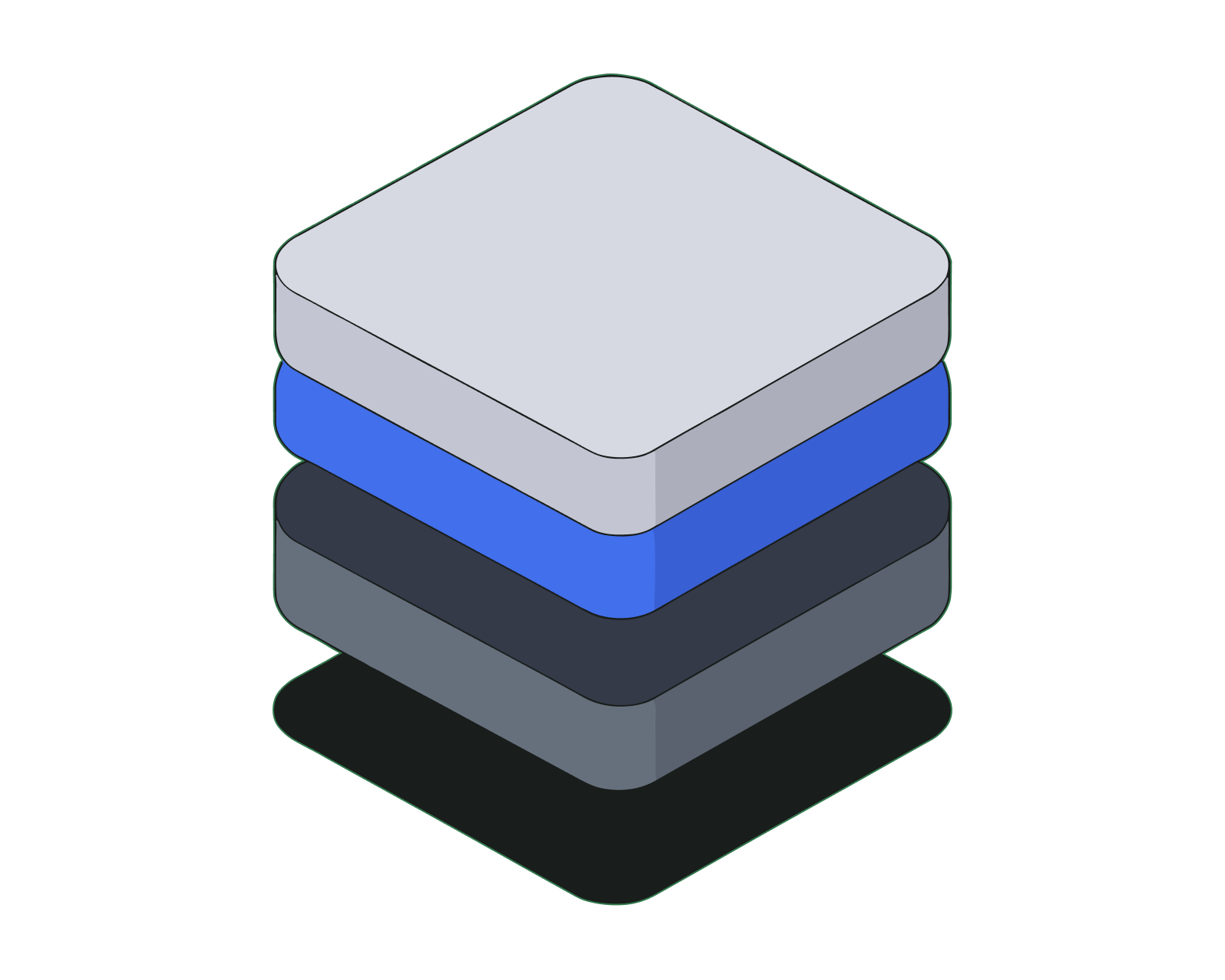
DeFi use cases
Decentralized Finance (DeFi) is bringing access to financial products to everyone. In this article we examine some prominent use cases.
Read this article →
DeFi use cases
Decentralized Finance (DeFi) is bringing access to financial products to everyone. In this article we examine some prominent use cases.
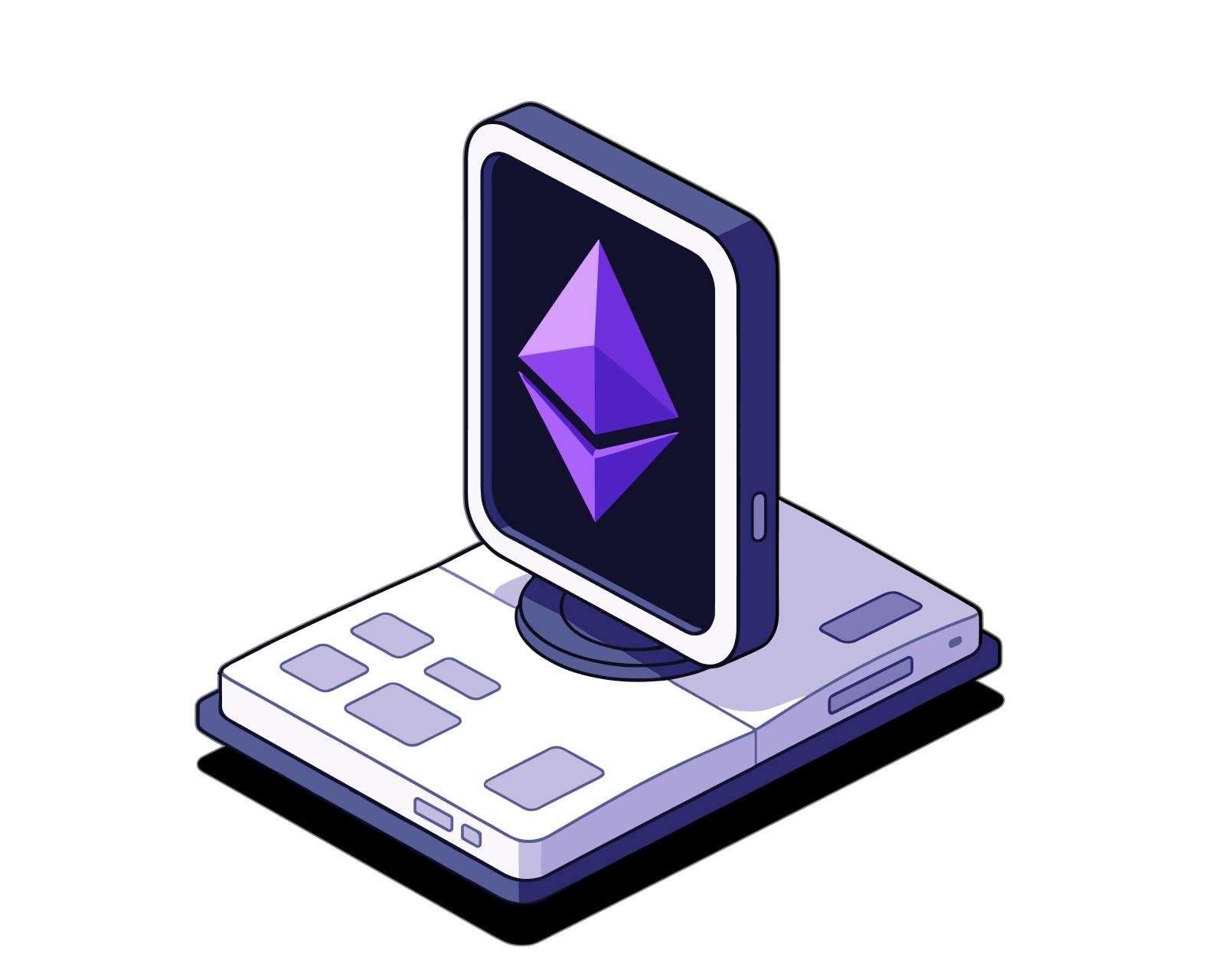
DEX lingo
From AMM to yield farming, learn the key vocabulary you’ll encounter when trading on a DEX.
Read this article →
DEX lingo
From AMM to yield farming, learn the key vocabulary you’ll encounter when trading on a DEX.
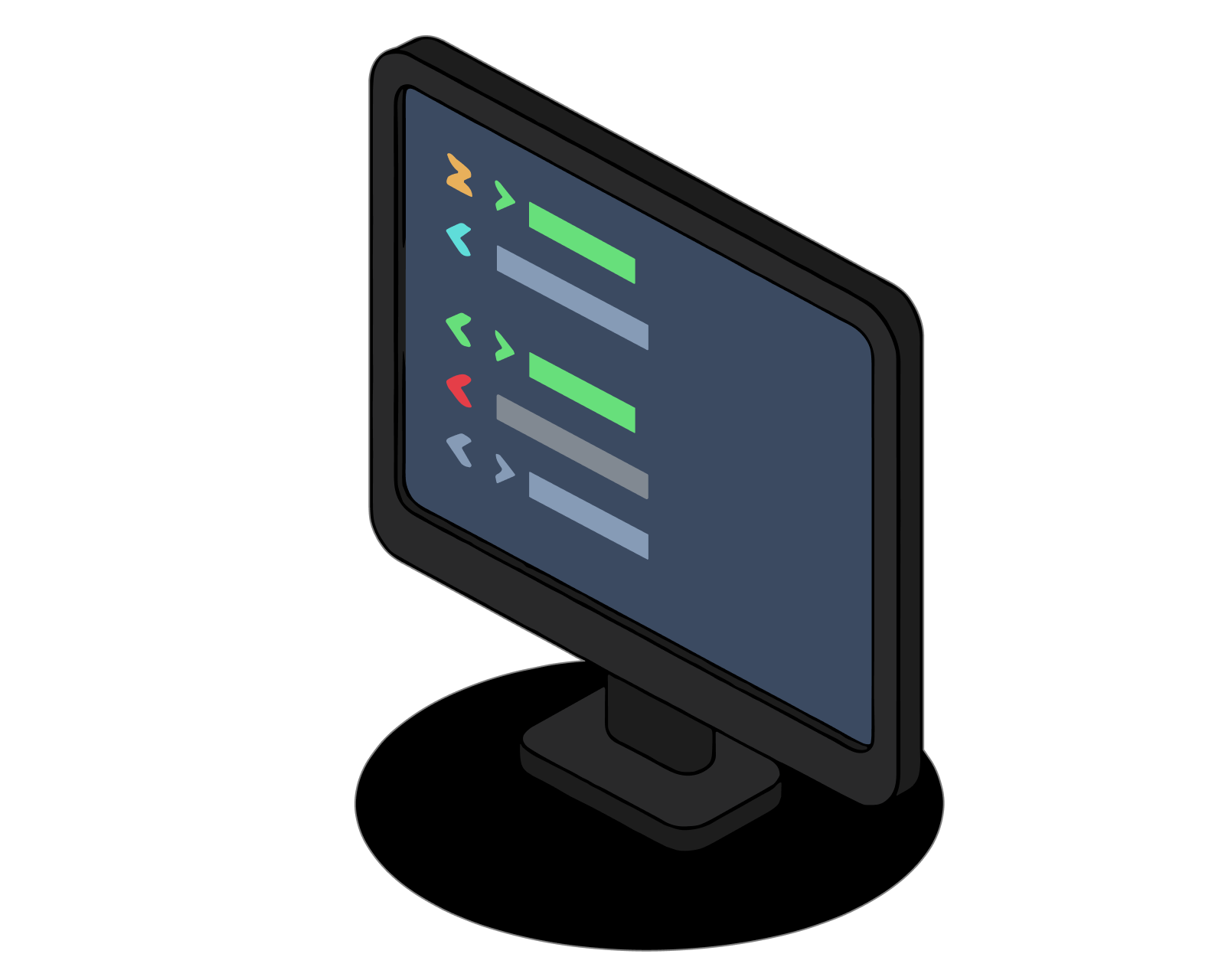
What is a DEX?
A decentralized exchange (DEX) is a type of exchange that specializes in peer-to-peer transactions of cryptocurrencies and digital assets. Unlike centralized exchanges (CEXs), DEXs do not require a trusted third party, or intermediary, to facilitate the exchange of cryptoassets.
Read this article →
What is a DEX?
A decentralized exchange (DEX) is a type of exchange that specializes in peer-to-peer transactions of cryptocurrencies and digital assets. Unlike centralized exchanges (CEXs), DEXs do not require a trusted third party, or intermediary, to facilitate the exchange of cryptoassets.

What are crypto derivatives?
Derivatives like perpetual futures and options are widely used in crypto. Learn all about them.
Read this article →
What are crypto derivatives?
Derivatives like perpetual futures and options are widely used in crypto. Learn all about them.
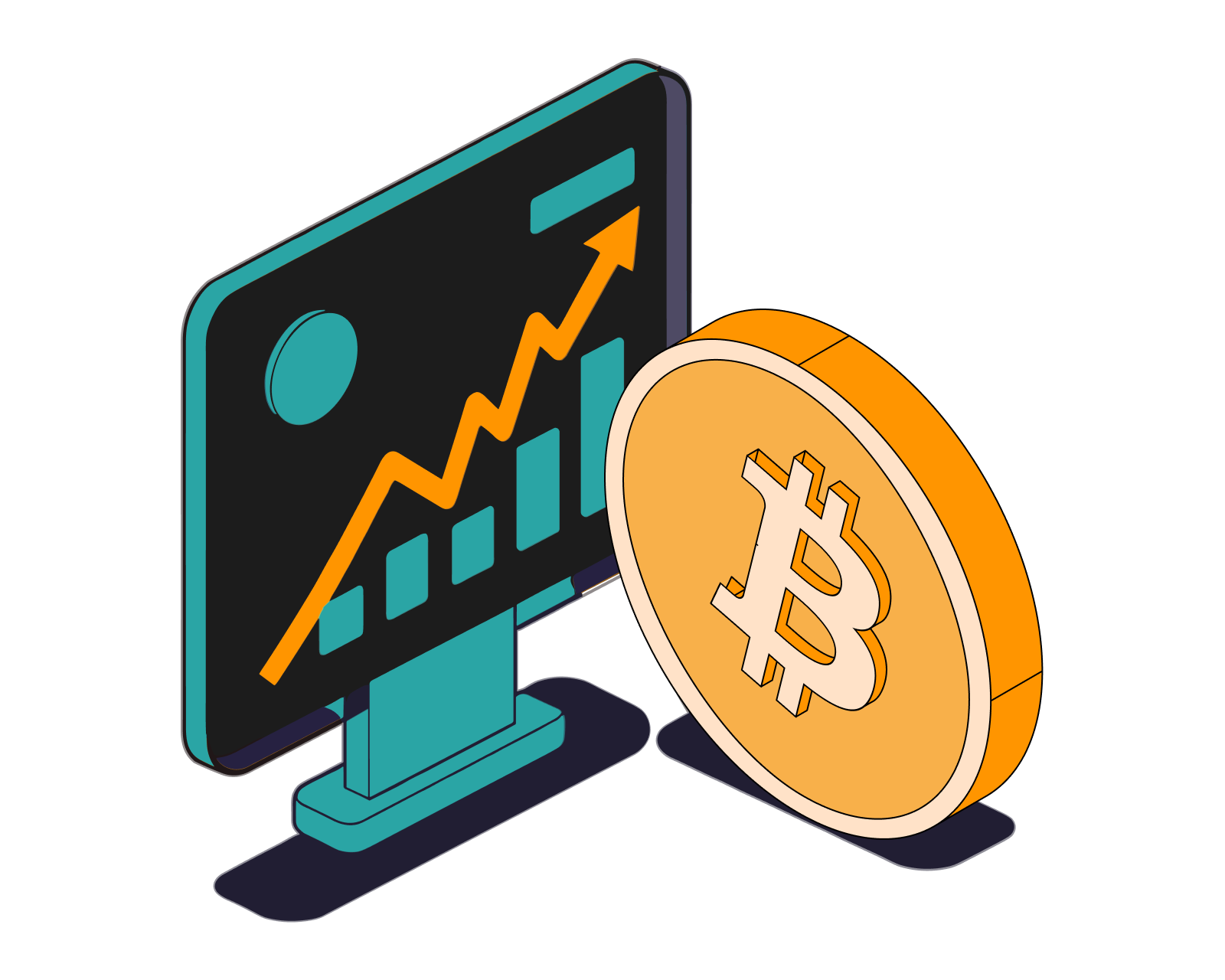
What are prediction markets?
Find out about prediction markets, including how they work and what they are used for.
Read this article →
What are prediction markets?
Find out about prediction markets, including how they work and what they are used for.
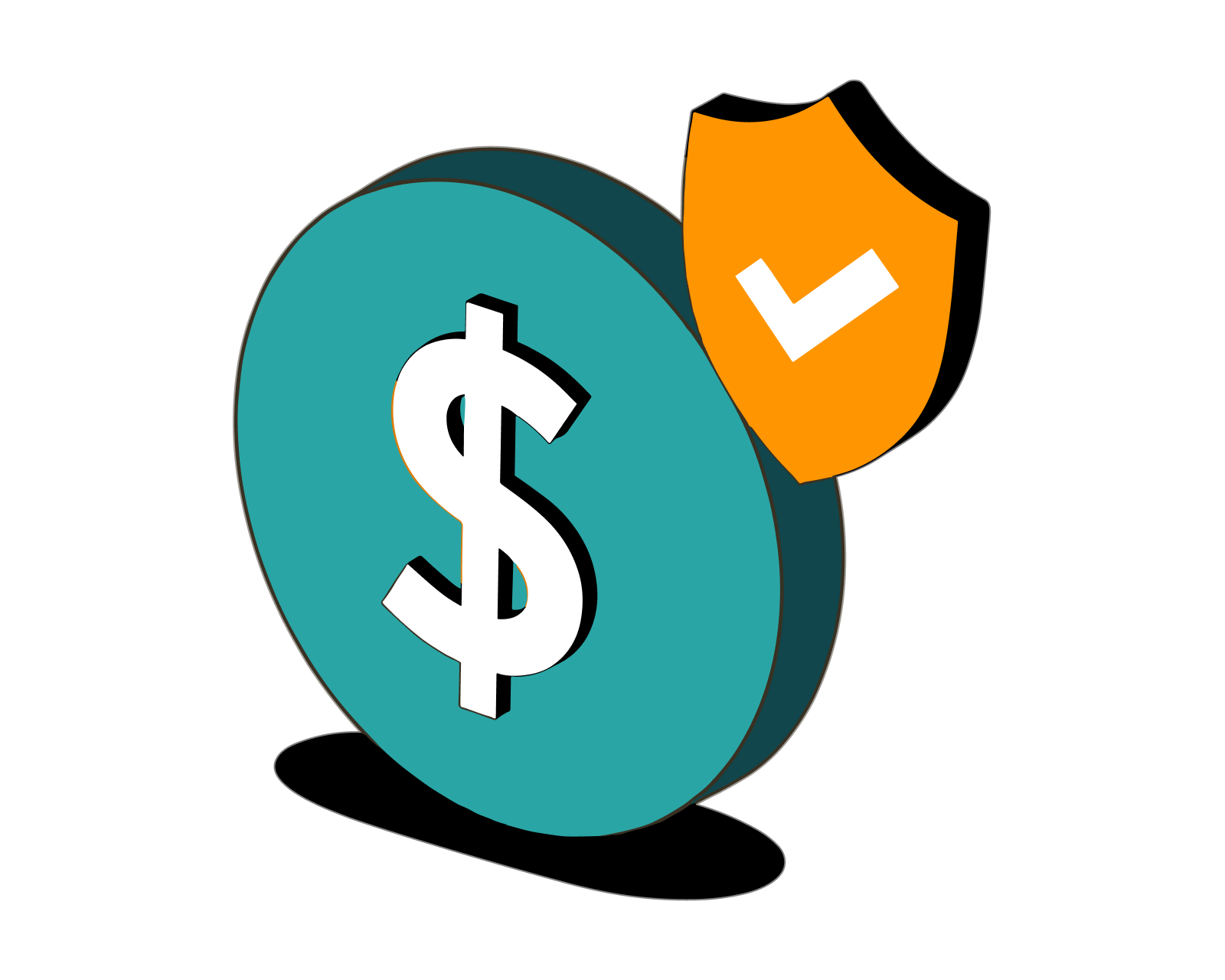
Dollar-cost averaging
Learn how to protect yourself from big losses with this simple but powerful investment strategy.
Read this article →
Dollar-cost averaging
Learn how to protect yourself from big losses with this simple but powerful investment strategy.

What is APY?
APY stands for annual percentage yield. It is a way to calculate interest earned on an investment that includes the effects of compound interest.
Read this article →
What is APY?
APY stands for annual percentage yield. It is a way to calculate interest earned on an investment that includes the effects of compound interest.
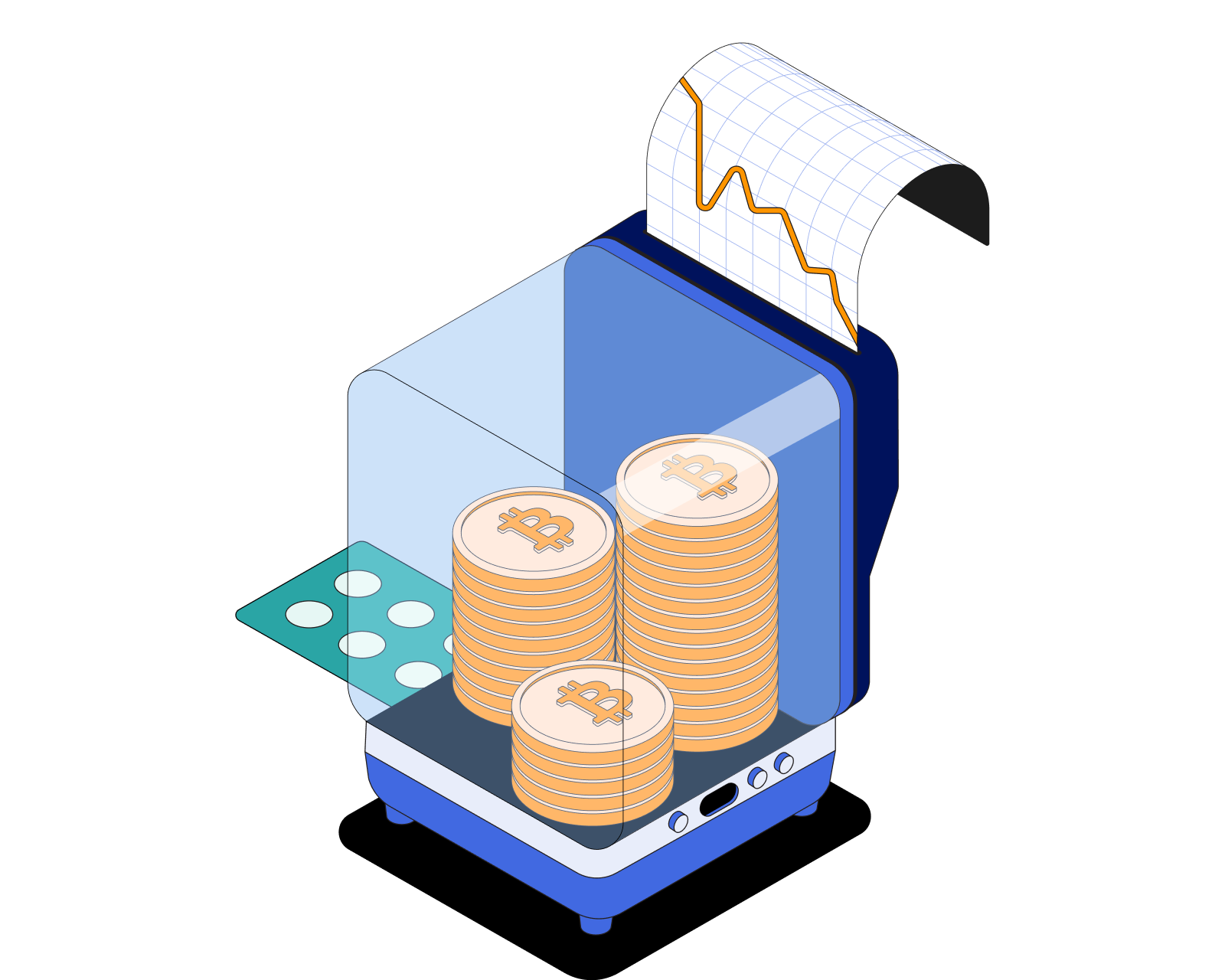
What is liquidity?
Liquidity has several slightly different but interrelated meanings. For the purposes of crypto, liquidity most often refers to financial liquidity and market liquidity.
Read this article →
What is liquidity?
Liquidity has several slightly different but interrelated meanings. For the purposes of crypto, liquidity most often refers to financial liquidity and market liquidity.
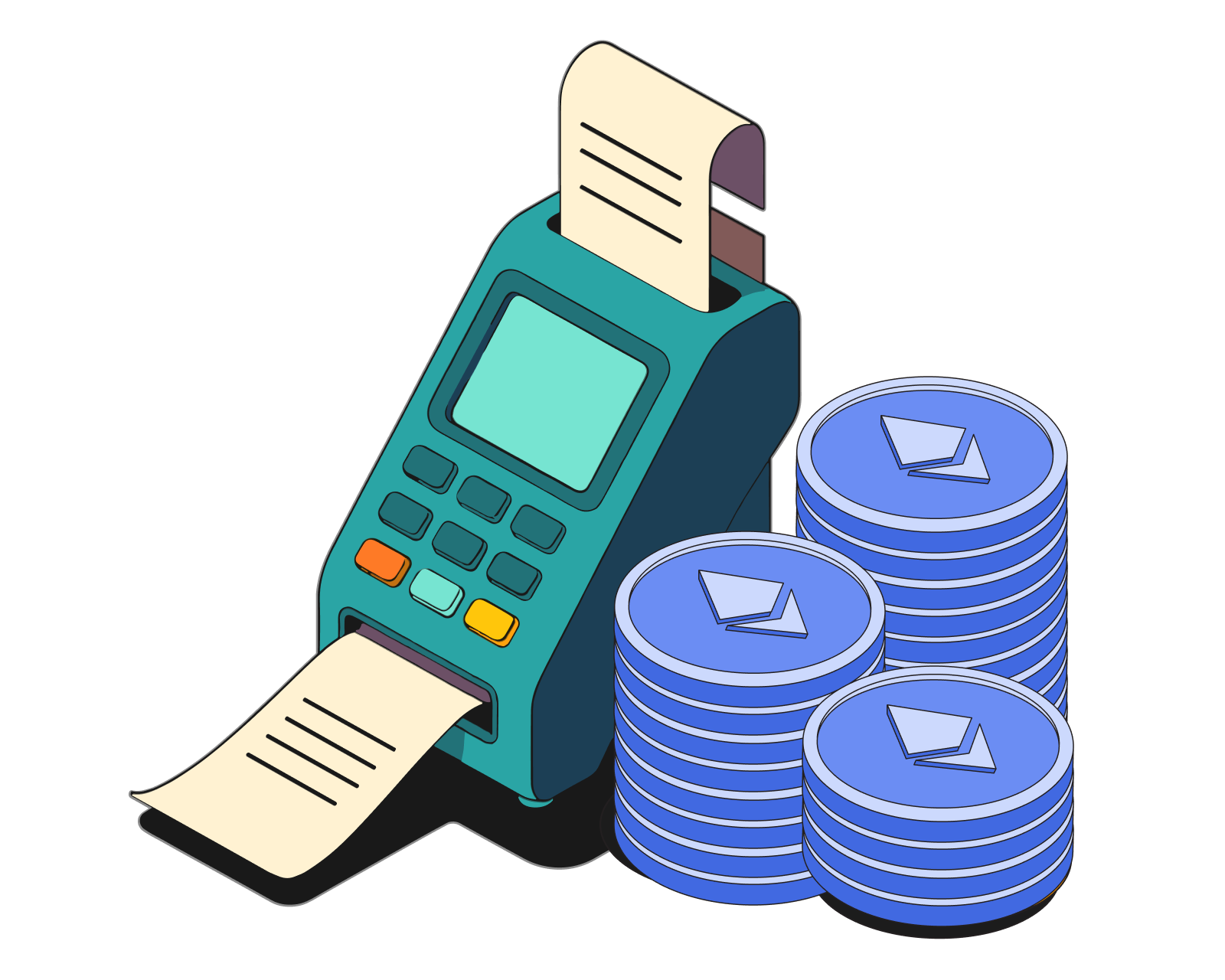
What is a token sale?
Token sales are an important part of the crypto ecosystem. Learn their ins and outs.
Read this article →
What is a token sale?
Token sales are an important part of the crypto ecosystem. Learn their ins and outs.
STAY AHEAD IN CRYPTO
Stay ahead in crypto with our weekly newsletter delivering the insights that matter most
Weekly crypto news, curated for you
Actionable insights and educational tips
Updates on products fueling economic freedom
No spam. Unsubscribe anytime.



Start investing safely with the Bitcoin.com Wallet
Over wallets created so far
Everything you need to buy, sell, trade, and invest your Bitcoin and cryptocurrency securely

© 2025 Saint Bitts LLC Bitcoin.com. All rights reserved


